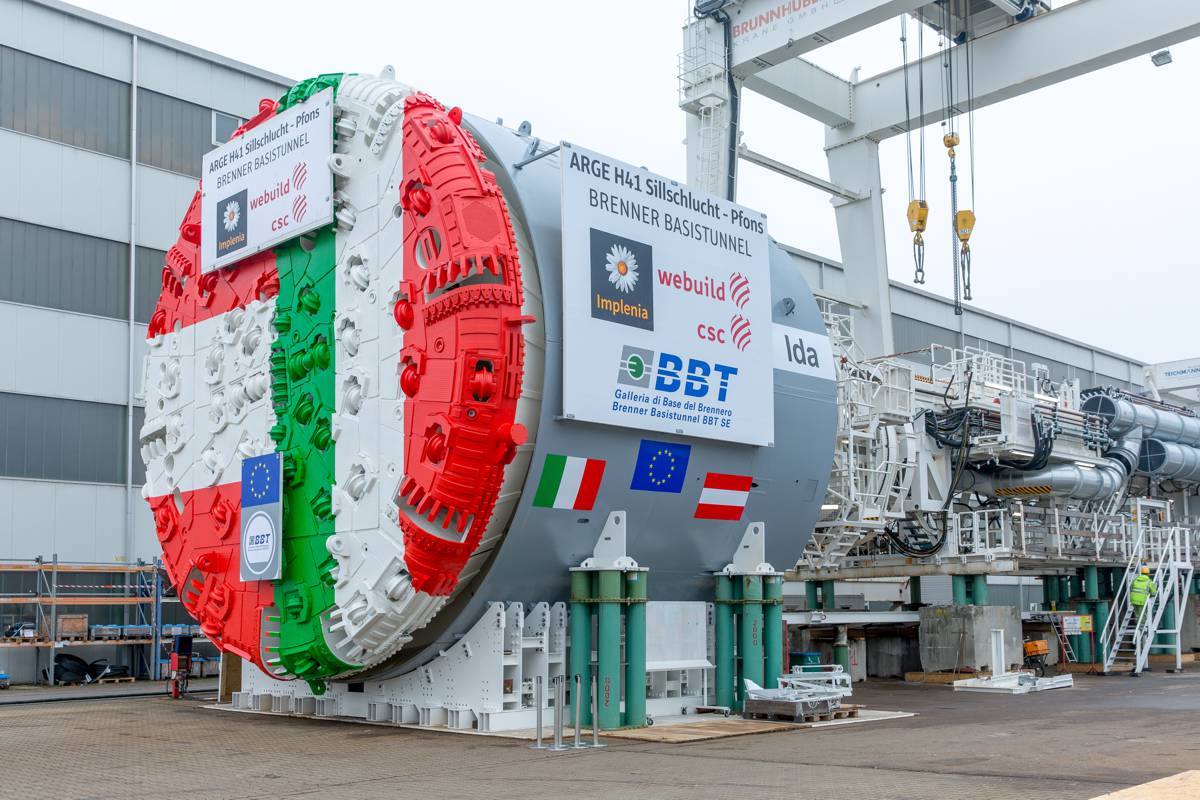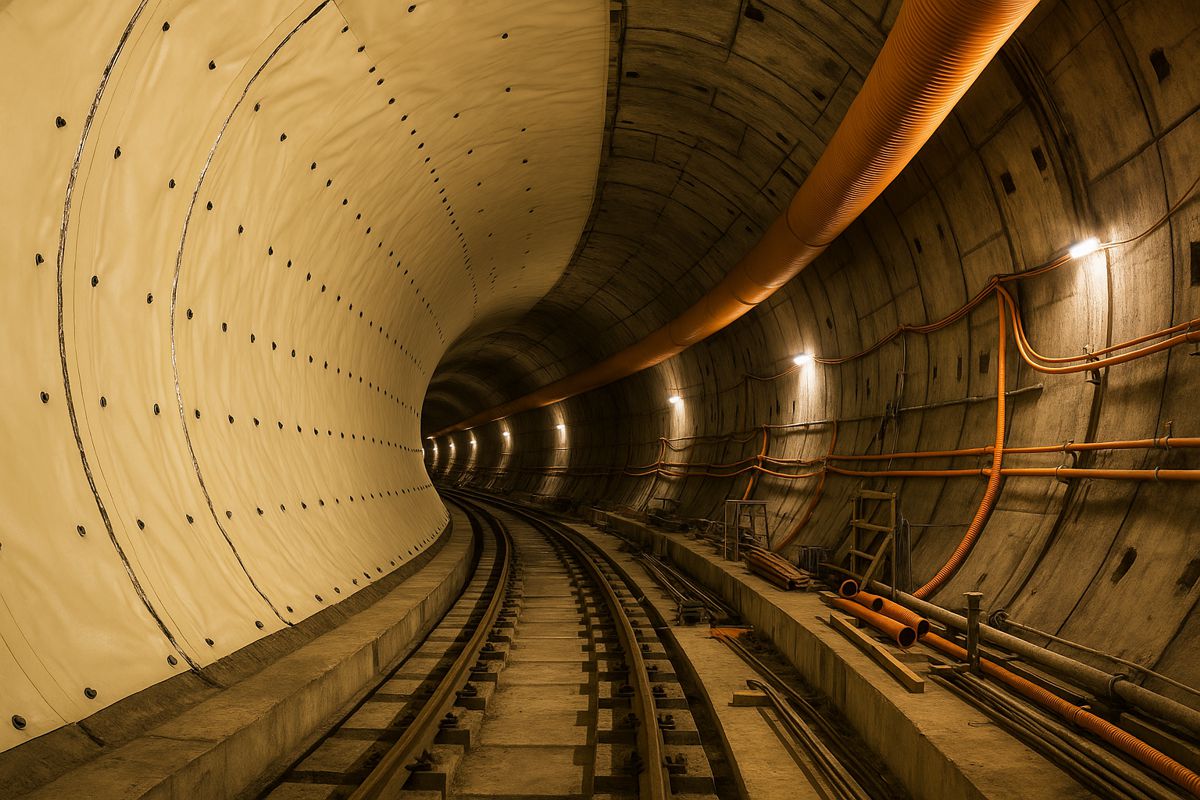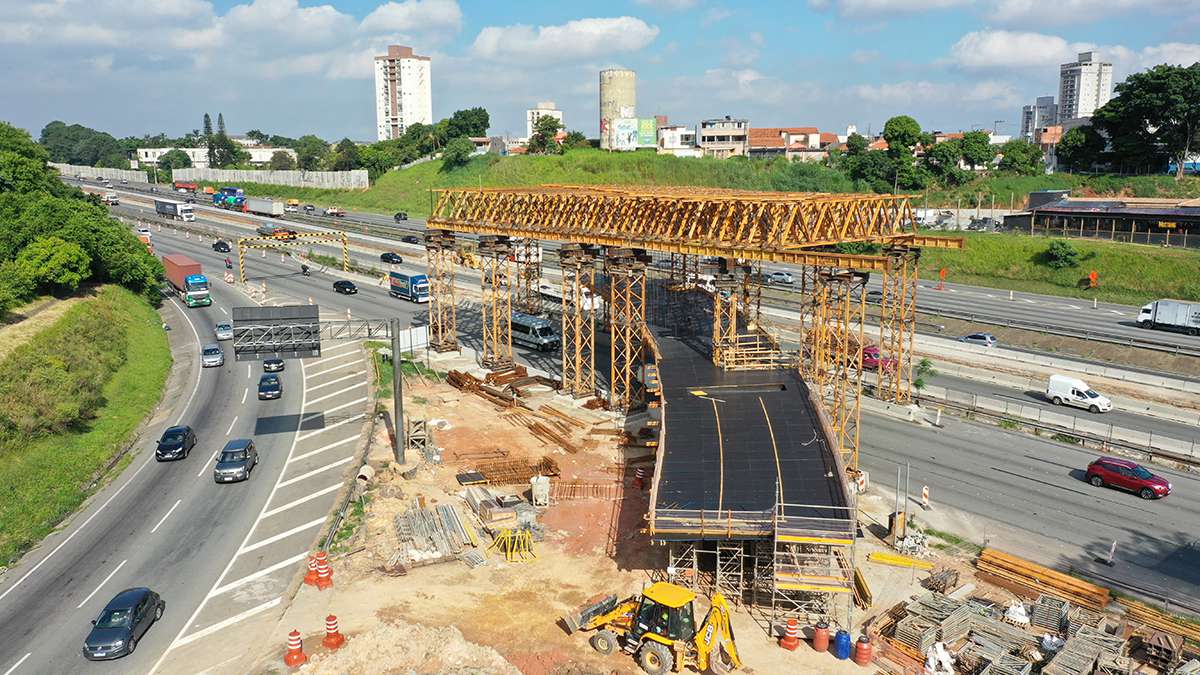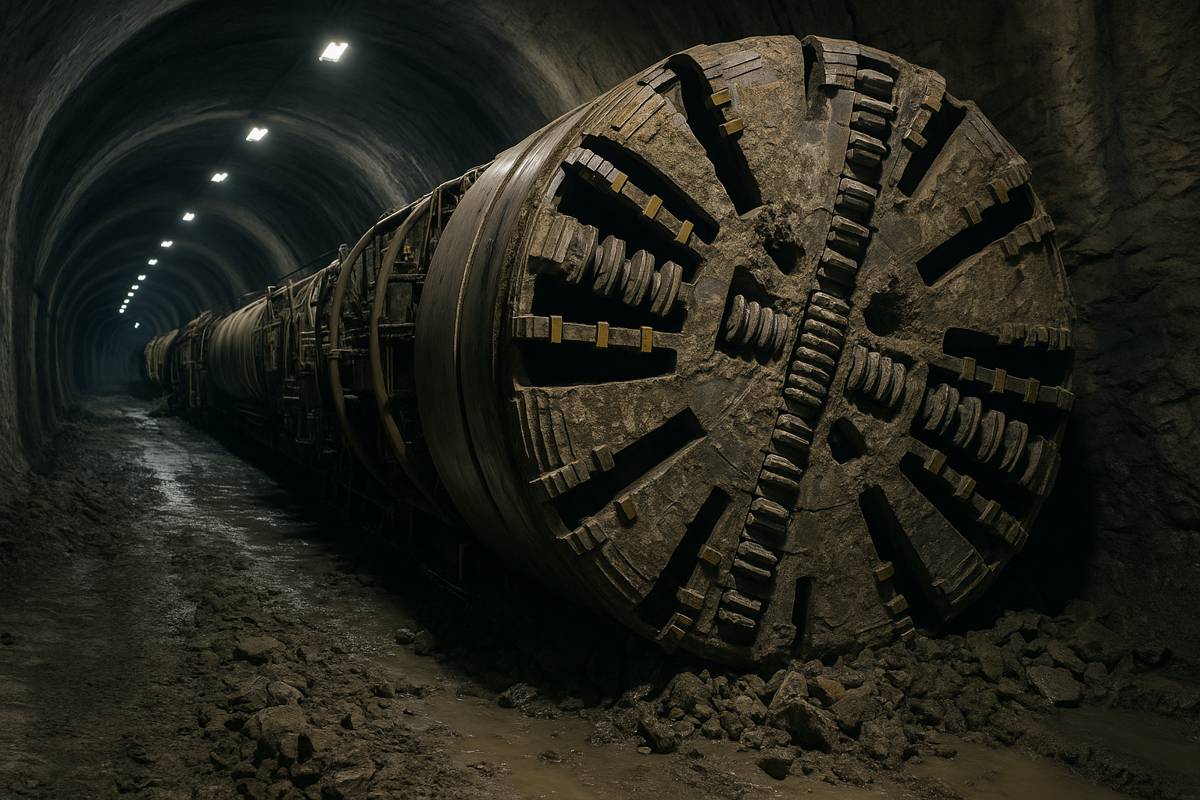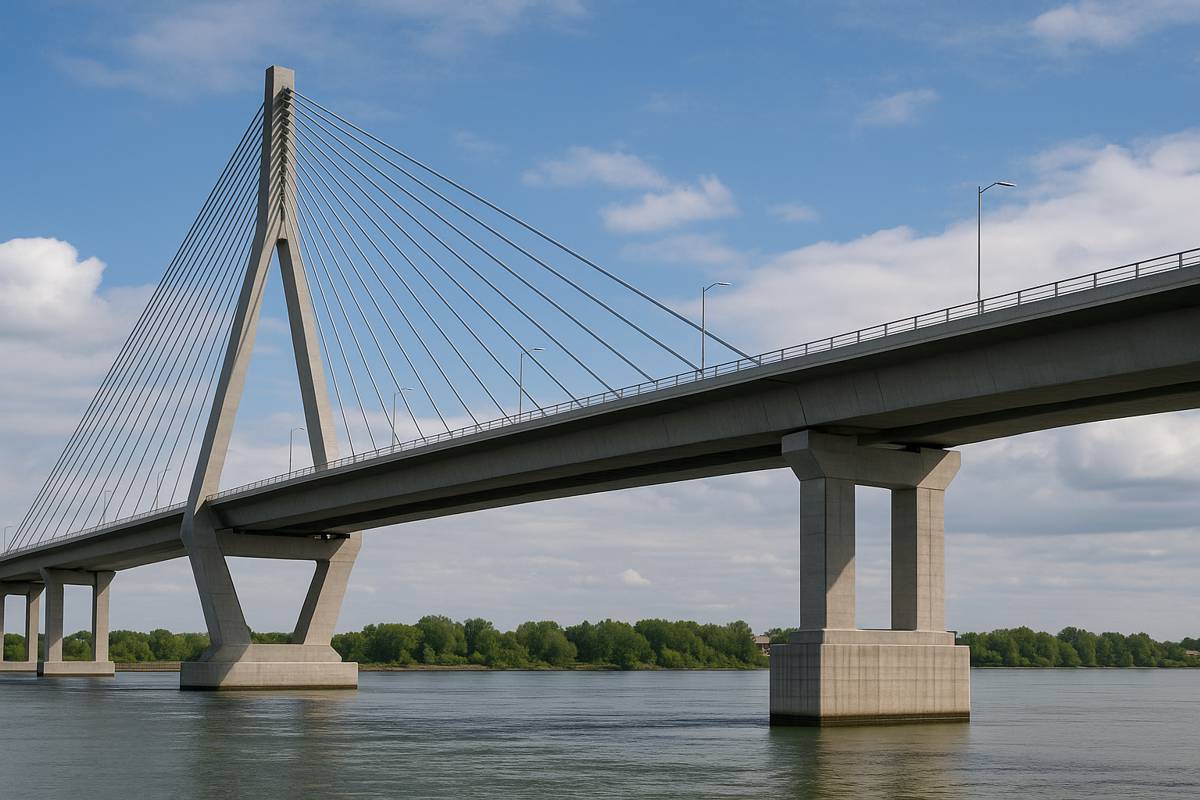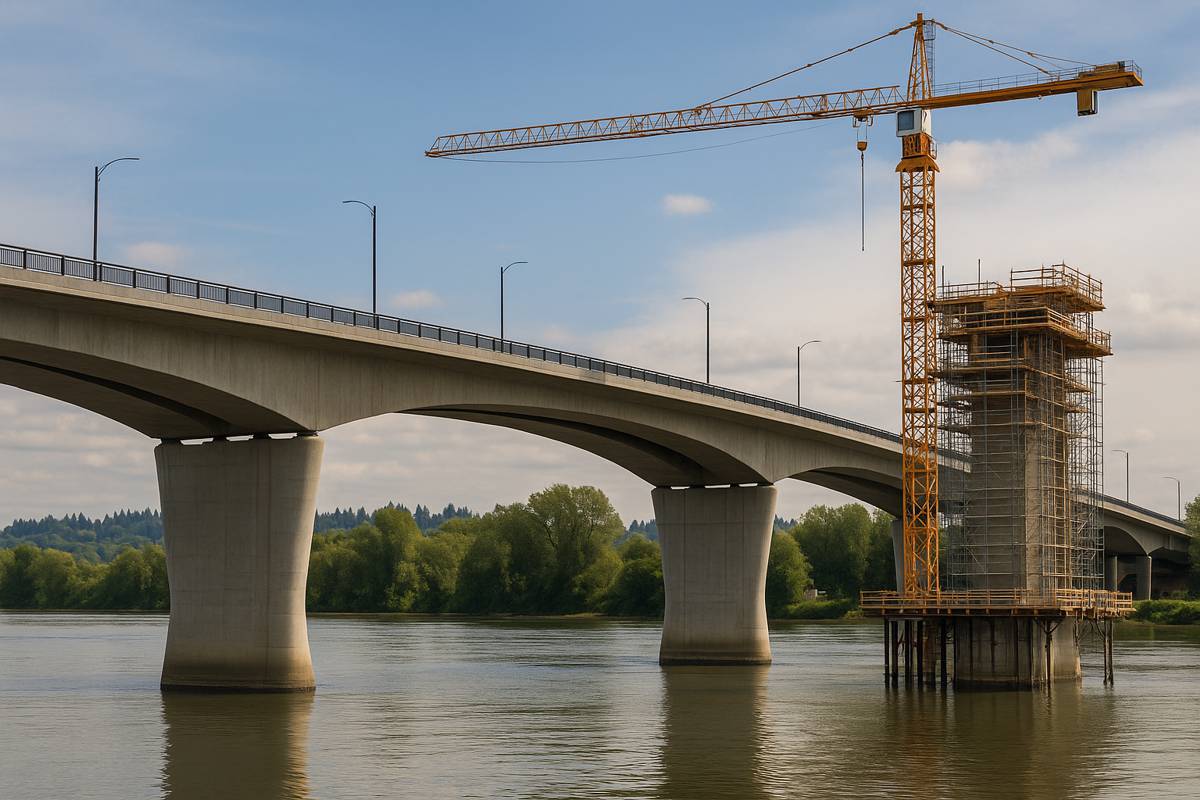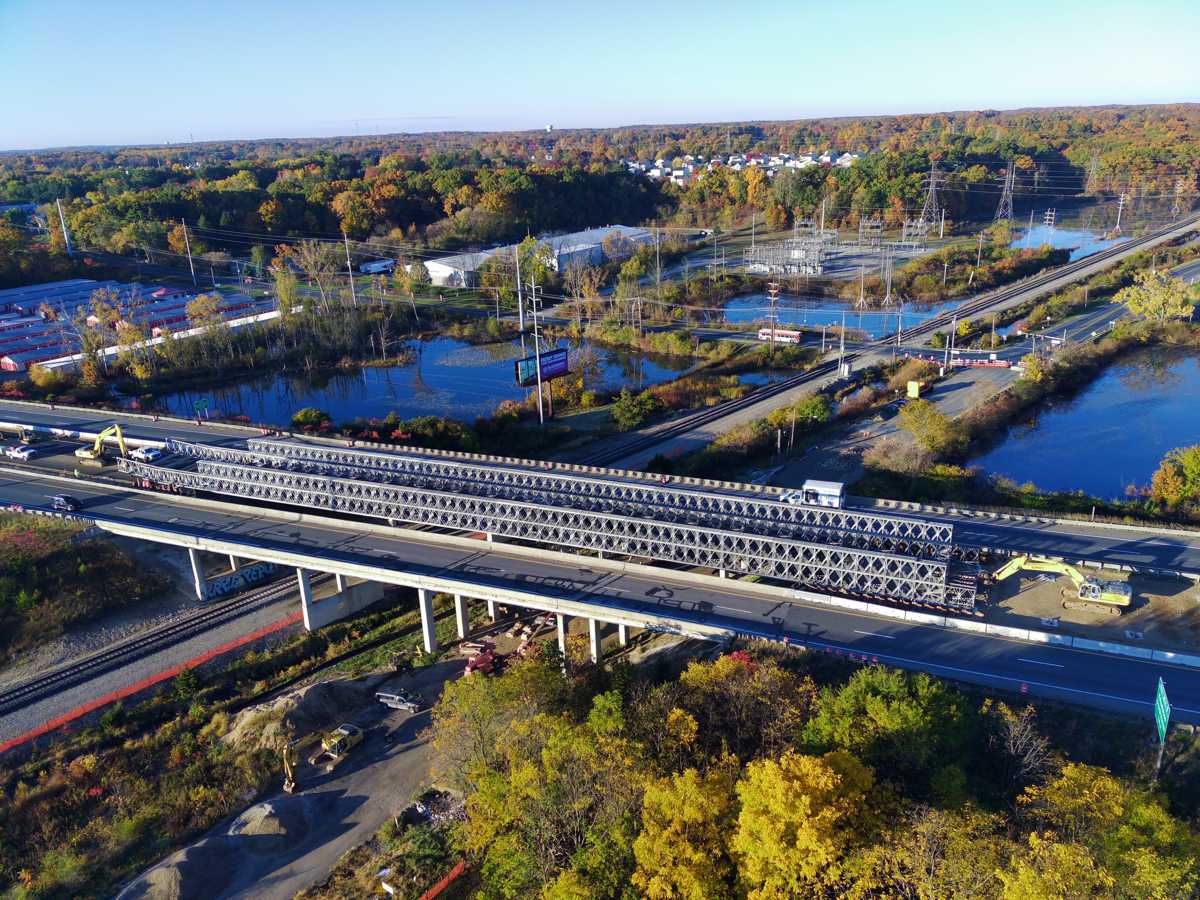COWI Engineers build 60m footbridge for local community in Rwanda
The community of Rugusa, Rwanda, is celebrating the opening of a brand new 60 metre footbridge completed by COWI engineers, a local construction team and the NGO Bridges to Prosperity.
The 850-person community of Rugusa, Rwanda, has lost 20 people to date due to the lack of a safe river crossing, with three lives lost in 2016 alone.
The new Rugusa Bridge completed by COWI engineers, a local construction team and the NGO Bridges to Prosperity will provide consistent and safe access to educational, economical and medical resources for years to come in the rurally isolated community.
Ian Firth, chair of the Bridges to Prosperity UK Trust and Director at COWI’s bridge group in the UK said, “We are very proud of the team that has just returned from Rwanda. This footbridge is so much more than just a structure across a river for the residents of Rugusa. The new bridge will help create economic prosperity; access to healthcare, education and markets; and most importantly, a safe crossing for all.”
You can watch the time laps video of the build above to get an impression of the new suspended footbridge, which was completed in just two weeks.
Bridges to Prosperity was created in March 2001 by founder, Ken Frantz, saw an image of men dangling precariously, using ropes to pull each other across a wide, high and broken bridge span over a portion of the Blue Nile River in Ethiopia. Shortly after Ken, who owned a construction company, donated time, money and materials, and enlisted eager family members, friends and his Rotary Club to support the inaugural Bridges to Prosperity project at Sebara Dildiy in Ethiopia.
15 years later, Bridges to Prosperity envisions a world where poverty caused by rural isolation no longer exists, and it is through the support of organisations like COWI that the charity is able to change the lives and livelihoods of people in some of the poorest rural communities.
Building simple foot bridges has had a dramatic impact on local communities with school attendance up 12%; health care facility access up 18; pedestrian, livestock traffic up 100-500%; the number of retail businesses up 15%; employed women in the community up 24% and a per-capita increase in 2 years of 10-20%.
















